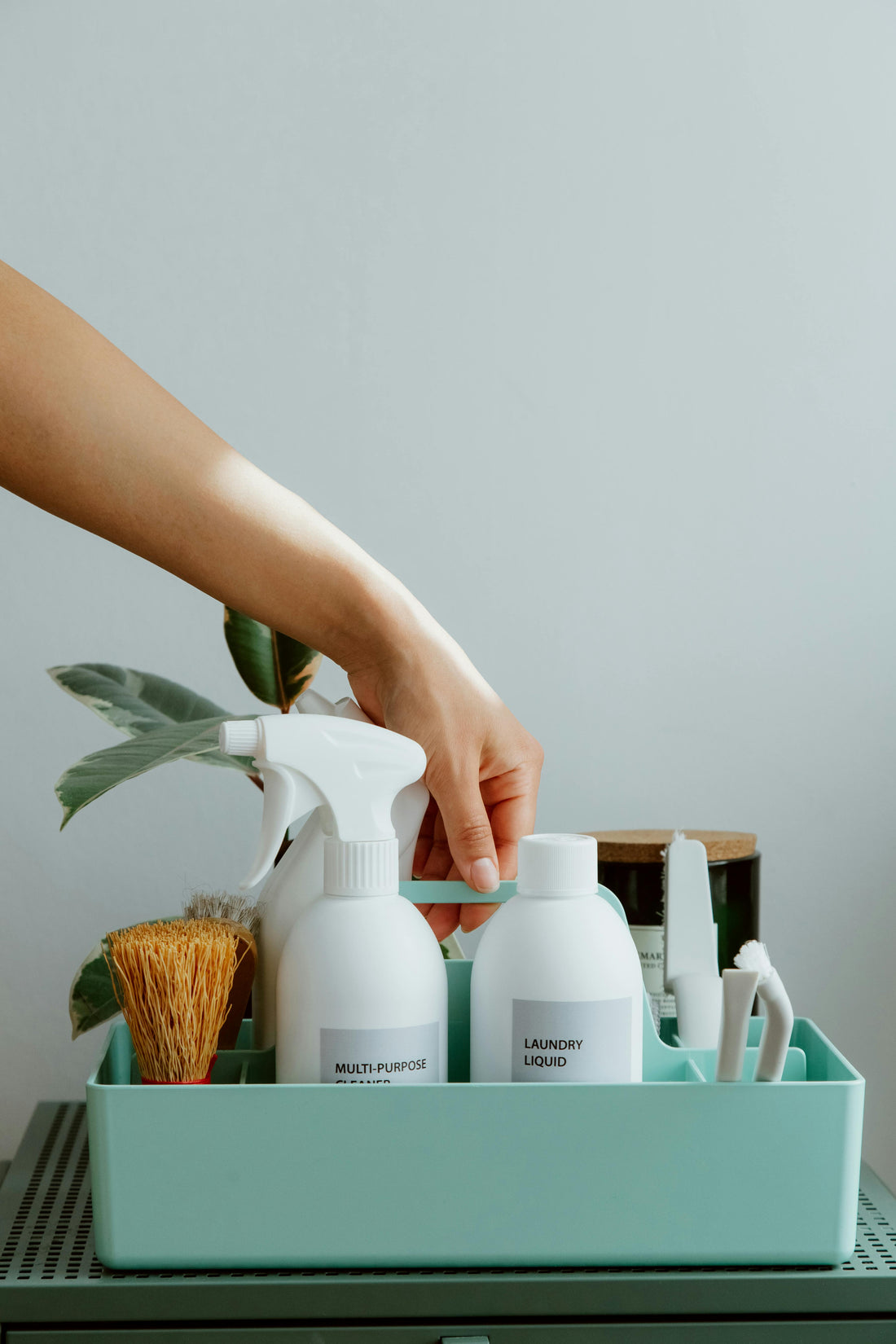Children are more sensitive to chemicals and indoor air quality than adults. Surfaces, toys, and soft furnishings are touched often and sometimes mouthed. We have managed centre fitouts and daily operations, and we have seen the difference a well planned green cleaning program makes to comfort, illness days, and parent confidence. The objective is simple. Maintain strong infection control while lowering exposure to irritants and volatile compounds. This guide explains the standards to meet, the supplies to select, and the steps to make the change practical across your whole service.
We reference GECA certification because it gives assurance that products meet environmental and health criteria under Australian conditions. We also point to complete supply sets that keep ordering simple. Throughout, we note where a trusted partner helps. CWS is a reliable and licensed supplier of commercial cleaning supplies that sources GECA certified and low tox options nationwide. The team provides Safety Data Sheets, training resources, and steady stock so you are not left short during peak seasons.
What GECA certification means in practice
GECA is an independent Australian ecolabel program. For childcare, it means a cleaner or paper product has passed criteria for ingredients, toxicity, performance, packaging, and company practice. We find this useful for three reasons. First, it sets a floor on what cannot be in the product such as certain solvents and heavy metals. Second, it limits fragrances and volatile organic compounds, which lowers the burden on indoor air. Third, it checks performance so you are not trading efficacy for a green logo.
Not every item in a centre has a GECA version. That is fine. The rule of thumb is to choose GECA certified first for the core categories, then fill gaps with TGA listed disinfectants and low fragrance options that meet food and childcare safety rules. CWS can map this quickly to your site so the final kit meets both hygiene and sustainability aims.
A complete supplies kit for a typical centre
A practical kit covers routine cleaning, touch point disinfection, kitchens, bathrooms, floors, laundry, and waste. We group it like this so ordering and training are straightforward.
-
General surfaces. GECA certified multipurpose cleaner, food area safe sanitiser for benches and tables, glass cleaner, and a neutral pH floor cleaner for vinyl and sealed timber.
-
Bathrooms and nappy change. GECA certified bathroom cleaner and descaler, TGA listed disinfectant suitable for childcare, microfibre cloths with colour coding, and ready to use wipes for fast cycles.
-
Kitchens and food service. Food grade sanitiser for food contact surfaces, dishwash liquid and machine detergent with low fragrance, and a degreaser that is GECA certified or low tox.
-
Floors and equipment. Neutral pH floor cleaner, auto scrubber compatible concentrate where relevant, microfibre mops and pads with laundry mesh bags, spot cleaner for carpets, and steam cleaner usage where appropriate.
-
Hand and personal hygiene. Gentle liquid hand wash, alcohol based hand rub for adult areas, hypoallergenic hand towels, and fragrance controlled air care.
-
Laundry and soft toys. Low allergen laundry liquid or powder, oxygen based stain remover, and lint control solutions.
Paper and waste. GECA certified toilet tissue, hand towel, and facial tissues, compostable bin liners for nappies and general waste, and sanitary bins through a licensed service.
For each item, maintain Safety Data Sheets and clear labels on refill bottles. Store chemicals in a locked area that is separate from food and out of child reach. Keep spill kits near storage.
Compliance to meet in Australia
Childcare services operate under the National Quality Framework. Quality Area 2 focuses on children’s health and safety, which includes hygienic cleaning and safe storage of chemicals. Follow NHMRC Staying Healthy for cleaning frequencies and methods, including cleaning high touch surfaces daily and disinfecting during gastro or outbreak conditions. Use TGA listed disinfectants where disinfection is required. Align with Safe Work Australia guidance for hazardous chemicals. Maintain a register with Safety Data Sheets, ensure decanted containers are labelled, and train staff on safe handling and personal protective equipment. Chemical storage must be locked, ventilated, and signposted. Never store chemicals with food or in children’s bathrooms.
Licensing and local requirements can add detail. For example, some councils specify waste segregation for nappies and clinical waste. Confirm your local rules at setup and keep evidence in your quality system. If you contract cleaners, include green standards and compliance obligations in the service agreement and audit their practice each term.
A step by step transition plan that works
-
Audit your current cupboard. List every product, purpose, dilution, volume used, cost, and hazard notes. Mark anything with strong fragrance, high hazard codes, or duplicate purpose.
-
Set product policy. Mandate GECA for core categories where available. For items without GECA, specify TGA listing for disinfectants and low fragrance, biodegradable inputs for cleaners.
-
Select a supplier partner. Choose a licensed supplier that can deliver GECA ranges, provide Safety Data Sheets, dosing equipment, and training. CWS fits this role and can standardise SKUs across sites.
-
Pilot in one room. Replace like for like for 2 weeks. Record any issues with streaking, residue, or staff preference. Adjust dilution or swap specific items if needed.
-
Roll out centre wide. Train all educators and cleaners on the new plan. Use colour coded cloths and mops and post dilution charts above sinks.
-
Lock in storage and labelling. Implement a locked chemical store with shelving, spill tray, and signage. Label all spray bottles and install measured pumps to avoid guess dosing.
-
Update rosters and checklists. Add daily, weekly, and monthly tasks with clear products and contact times. Include outbreak protocols and steam use if available.
-
Monitor and improve. Track illness days, product usage per child, cost per room, and parent feedback. Review quarterly with your supplier and update items as needed.
Daily practice tips that keep green cleaning on track
-
Measure concentrates with dosing pumps so every bottle is mixed correctly. Over dosing wastes money and can increase irritation.
-
Use microfibre cloths and mops. They lift soil mechanically, reduce chemical use, and wash well at low temperatures.
-
Ventilate during and after cleaning. Open windows or run extraction to reduce vapour build up.
-
Do not mix products. Mixing can create fumes or reduce effectiveness. Keep procedures simple and separate.
-
During outbreaks, increase frequency and contact times per TGA guidance. Return to routine levels when cleared.
How CWS streamlines procurement and training
We have learned that the easiest way to stay green and compliant is to make buying and training simple. CWS curates centre packs with GECA certified multipurpose and bathroom cleaners, neutral pH floor care, TGA listed disinfectant, food area sanitiser, microfibre systems, paper consumables, and waste liners. The packs include Safety Data Sheets, wall charts, and a register template you can drop into your quality system. Ordering runs through a single portal with predictable lead times. Bulk sizes lower cost per litre and reduce packaging. If you prefer concentrates, CWS provides measured pumps and colour coded bottles to reduce dosing errors.
CWS trainers brief your team on safe use, storage, and emergency steps. We also include a quick induction module for new educators so practice does not drift. If your service has multiple sites, we standardise SKUs so staff can move between centres without confusion. If a product becomes unavailable, we propose a certified substitute and update your documentation.
Example rollout timeline and metrics
Most centres complete the transition in 4 to 6 weeks without disruption. Week 1 is for audit and policy. Week 2 is the pilot room. Week 3 is procurement and storage setup. Week 4 is full training and centre rollout. In larger services with multiple rooms or campuses, add 2 weeks to phase by wing.
Measure what matters. We track product cost per child per week, unplanned sick days among staff and children, incident reports related to cleaning, and waste volumes from packaging. We also invite parent feedback a month after rollout. Over time, centres report lower fragrance loads in rooms, fewer skin irritation complaints, and steadier ordering patterns.
Common pitfalls and how to avoid them
-
Do not buy a green product that fails to clean.
-
If staff need to apply more or leave residue, they will reach for harsher options.
-
Trial first and get the dilution right.
-
Do not skip training.
-
A strong plan fails if new staff do not know it.
-
Do not ignore storage.
-
A neat locked cupboard with correct labels prevents accidents and wasted time.
-
Do not overcomplicate SKUs.
-
Fewer multi purpose items that work will outperform a shelf full of niche bottles.
Final word
Green cleaning is not a nice to have in childcare. It is part of safeguarding health and delivering a professional environment that parents trust. Use GECA certified products for the core categories, fill the gaps with TGA listed and low fragrance items, and keep procedures simple and visible. With a clear plan, disciplined storage and labelling, and a supplier that stays the course, you can hit compliance and reduce exposure at the same time. CWS provides the products, documents, and training to make that shift real and durable for your service.
FAQs
What counts as a GECA certified product in childcare
A GECA certified product has passed criteria for ingredients, toxicity, performance, and packaging under the Australian ecolabel. In practice, look for the GECA mark on multipurpose, bathroom, and floor cleaners, and on paper consumables used in bathrooms and kitchens.
Do I still need disinfection if I switch to green products
Yes when risk calls for it. Routine cleaning removes soil and many microbes. Use a TGA listed disinfectant for high touch points during outbreaks, in bathrooms, and on change tables. Keep contact times as per the label.
How do I handle strong smells and sensitive children
Choose low fragrance or fragrance free items. Ventilate during cleaning and prefer microfibre to reduce chemical volumes. If a child has a known sensitivity, schedule cleaning when they are outdoors or in another room.
What storage rules apply to cleaning chemicals in centres
Store in a locked room away from food and children. Keep Safety Data Sheets and a hazardous chemicals register. Label all decanted containers. Separate incompatible items and keep a spill kit near storage.
Can I use steam cleaning in place of chemicals
Yes for many tasks. Steam is effective on hard floors and some soft surfaces and reduces chemical use. Use it as part of a balanced plan and follow manufacturer guidance to protect finishes.
How does CWS support green cleaning across multiple sites
CWS standardises products and training across centres, supplies complete packs with documentation, and keeps stock consistent. The team provides a single contact for procurement, compliance support, and replacement items if a product changes.
Will green cleaning raise costs
Not necessarily. Concentrates and microfibre lower usage, bulk sizes reduce unit cost, and fewer SKUs reduce waste. With correct dosing, many centres see flat or lower monthly costs.
How quickly can we switch without interrupting care
Most centres move in 4 to 6 weeks. Plan the pilot, install storage, train staff, and roll through rooms in sequence. CWS coordinates deliveries and training to match your roster.

